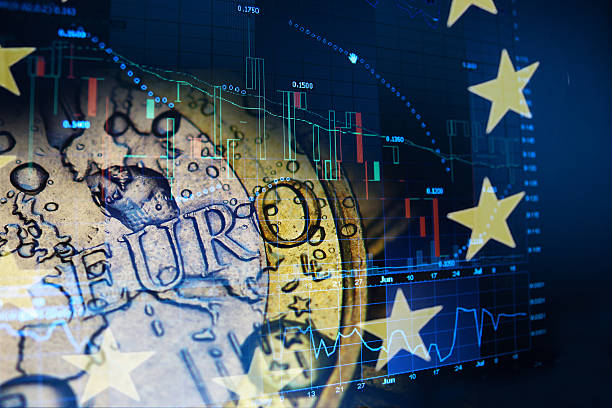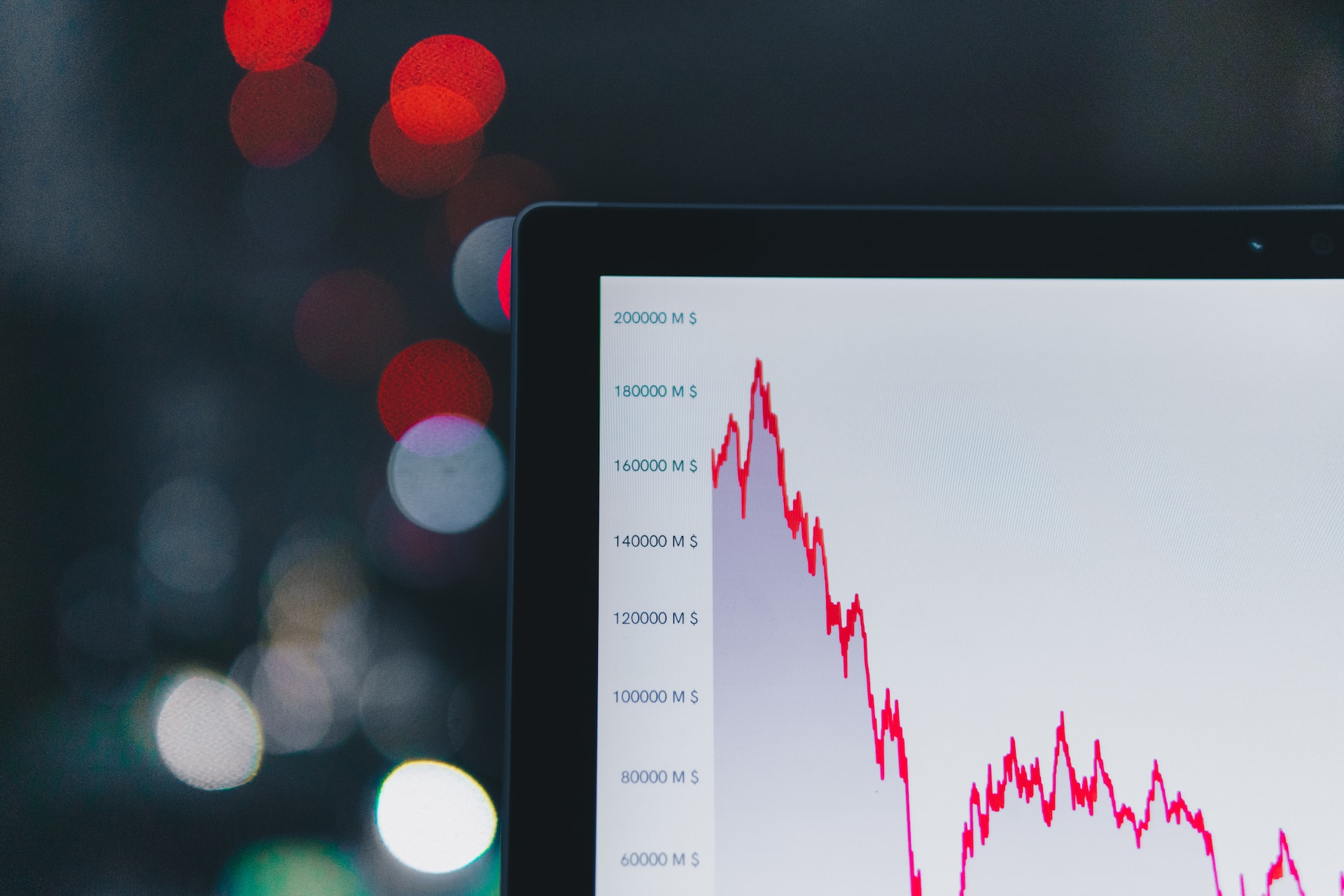Investing in Europe could be an attractive option for individuals looking to diversify their portfolios and capitalise on the opportunities offered by the region.
It might be the second-smallest continent in terms of land area, but it has the third-largest population, with over 746 million people, residing in 50 countries. It also has thousands of listed companies in which you could invest.
Given the wide opportunity set and difficulties you’d encounter trying to research individual companies in Europe, one way for investors to access the region is via a European equity fund.
What is a European equity fund?
European equity funds pool together the money of lots of people and invest the proceeds in stocks listed on the different European stock exchanges. From the luxury French brands of LVMH to Mowi, a Norwegian seafood company, the opportunities are wide-ranging.
What are the benefits of European equity funds?
While the aforementioned companies might be interesting to investors, it’s always dangerous to put all your eggs in one basket – or all your money in one company’s shares. Investing in European equity funds allows investors to diversify their portfolios not only by industry, but also by geography. This diversification helps reduce the impact of individual company or country-specific risks. By diversifying their investment portfolio across different European markets, investors can mitigate risks and capitalise on various growth opportunities.
European equity funds also provide the potential for long-term capital appreciation. European companies have a history of innovation, competitiveness, and global reach, which can lead to robust growth opportunities for investors.

What type of companies can these funds invest in?
European stock markets are full of established brands, with the continent known for quality companies in sectors such as luxury goods and specialist manufacturing. The continent is also known for its technological advancements and innovation.
Countries like Germany, France, and Sweden are globally recognised for their leadership in research and development, engineering, and cutting-edge technologies. These advancements create fertile ground for investment in sectors like artificial intelligence, biotechnology, and smart cities, offering potential high returns for savvy investors.
The continent is also leading the field on the transition to a greener economy. The EU has set ambitious targets for reducing carbon emissions and, as a result, there is a growing focus on areas such as renewable energy, electric mobility, circular economy, and environmentally friendly practices. Investing in companies that align with these sustainability goals can not only generate financial returns but also contribute to a greener and more sustainable future.
Away from developed Europe, there are also plenty of opportunities to invest in companies in emerging markets such as Eastern Europe and the Baltic states, which have high growth potential.
A final benefit of investing in Europe is that many European countries have strong regulatory frameworks, well-established legal systems, and robust financial institutions. This stability creates an environment that is conducive to investment, reducing the risk of volatility and providing a solid foundation for long-term growth.
What are the risks of investing in Europe?
Investors in European equities are exposed to economic conditions and political developments within the region. Factors such as economic growth, inflation, currency fluctuations, and political stability can all influence the performance of these funds.
And, just like any investment in equities, European equity funds are subject to market volatility. Fluctuations in stock prices can impact a fund’s performance, both in terms of income generation and capital appreciation.
Want to invest in a European equity fund?
If this article has whetted your appetite and you’d like to invest in a European equity fund, the good news is there are plenty from which to choose.
Start by thinking about your own investment goals and risk tolerance. Next, examine the fund’s performance track record over multiple time periods, paying attention to the consistency of returns.
You should also have an eye on the fees you’d be charged, and make sure you understand exactly what the fund manager is investing in. For example, is the fund focused on smaller and medium-sized companies like Barings Europe Select fund? Or is it focused on companies that can produce a growing income stream like LF Montanaro European Income? Does the manager prefer companies listed in developed European countries like Comgest Growth Europe ex UK, or does the manager invest in Europe and the UK like T. Rowe Price European Smaller Companies?
All of these funds are strong choices, but you need to make sure they are investing in the companies that you’d like to be invested in.
{{CODE}}
















